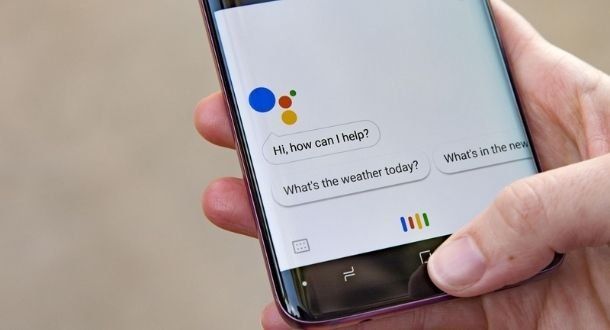Jul 12, 2021
Degradable plastic polymer breaks down in sunlight and air
Posted by Omuterema Akhahenda in categories: chemistry, food, mobile phones, sustainability
Most plastic persists in the environment. A recently developed polymer degrades in a week and doesn’t leave microplastics behind. Image credit: Larina Marina/ Shutterstock.
Plastic trash chokes shorelines and oceans, in part because plastic polymers do not easily decompose. But a new kind of environmentally degradable plastic could help change that: It breaks down in about a week in sunlight and air, according to a recent study in the Journal of the American Chemical Society (JACS). Chemical characterization using nuclear magnetic resonance (NMR) and mass spectroscopy, among other techniques, revealed that the plastic decomposed rapidly in sunlight from a petroleum-based polymer into succinic acid, a naturally occurring nontoxic small molecule that doesn’t leave microplastic fragments in the environment.
Although a sun-sensitive plastic might not be a good choice for bottles or bags that need to last more than a week on shelves, integrating the environmentally degradable polymer as a minor ingredient, or with other biodegradable polymers, could help speed breakdown of these materials in landfills, says coauthor Liang Luo, an organic materials scientist at Huazhong University of Science and Technology in Wuhan, China. The flexible and degradable material would be potentially useful inside electronics, he says. Sealed inside a cell phone or other flexible electronic device, the polymer could last for years isolated from light and oxygen, Luo notes, while making smartphones easier to dispose of at the end of their service life. And the byproduct succinic acid could be upcycled for commercial uses in the pharmaceutical and food industries, Luo adds.

















